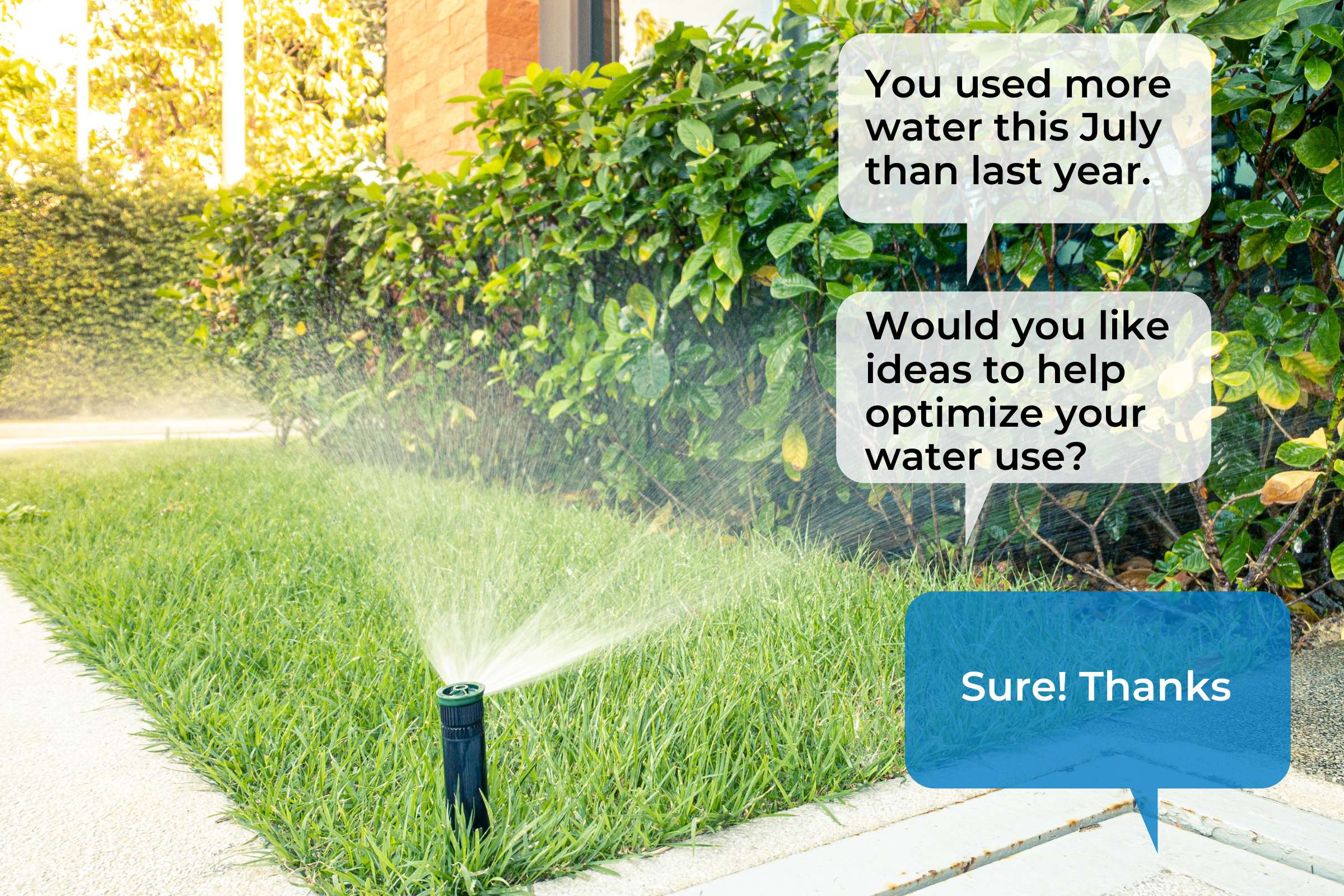How can water providers communicate critical information when it matters most?
When it comes to critical information about water, no one wants to be the last to know. But actually getting messages to water users can pose a challenge for some water utilities.
Door hangers are time consuming, social media posts rarely reach more than 5.2 percent of page followers, less than half of utility customers read billing inserts, and even fewer (36 percent) tune in to the local news.
So how can utilities be sure that critical information gets to their customers? For many, it will require adding new tools to their communication arsenal.
Comparing Communication Tools:
Door Hangers:
Door hangers have been part of the utility toolbox for decades and are effective for making sure a message is delivered. The downside is that door hangers can be time consuming and expensive to deliver—not to mention impractical for providing continuous situation updates.
Bill Stuffers:
Though cost effective and easy to send, bill stuffers are typically mailed once a month—making it difficult to send critical information when it is timely. Utilities who use bill inserts to deliver important information to customers may also be disappointed to discover that many of their residents don’t read these supplemental mailers.
Social Media:
Cost effective and easy to use, social media can increase a water utility’s visibility. Unfortunately, many customers may not be following their water provider on social media and for those who are, a post can be easy to miss.
Text Messaging:
Texting can be an effective way to communicate critical information to customers. Not only is text messaging cost effective, it can also provide immediate delivery and is quickly becoming the preferred method of communication for the majority of customers. The challenge for some utilities will be updating contact lists to include textable phone numbers.
Email:
Email provides a good option for reaching customers with inexpensive and fast delivery—especially for those who don’t have a textable phone number. While open rates tend to be slightly lower than texting , email may be a good secondary option. Downsides for this method include the potential for important emails to be marked as spam or not read immediately.
How Can Utilities Make Direct Communication Work?
Direct communication with customers through text messaging and email may be the best way for utilities to reach customers going forward. Not only do direct messages receive a higher view rate than other forms of communication (90 percent of texts are opened within three minutes), texts and emails also require minimal staff time, no production costs, and can be sent with immediate delivery.
Utilities who have never used direct communication tools before may need a little help getting started. Check out Yoppify’s 5 rules for successful customer engagement to learn how your organization can set itself up for successful interactions with customers—no matter your staff size, needs, or experience.










